Vampires are from Serbia
Everybody has watched at least one movie about vampires, the whole world knows about them but did you know that the word VAMPIRE actually comes from Serbian language (VAMPIR in Serbian)?
Serbs were fascinated by vampires and talked about them long time ago, in the 14th century. In the constitution, known as Dusan’s Code, the king banned the burning of dead bodies, removing them and using magic.
People were seeing vampires everywhere. Usually they connected vampire with some evil person, but did you know that they believed one could also become a vampire if an animal (usually a cat) passed across his or her grave?
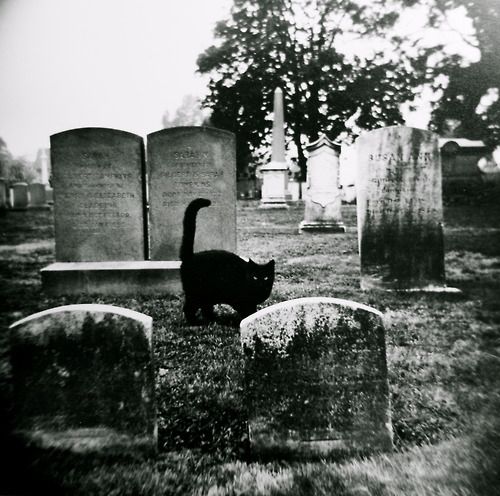
Petar Blagojevic – first world known vampire
Serbian vampires reached wider attention with a story about Petar Blagojevic. He lived in a small village Kisiljevo, in Serbia.
Blagojevic died in 1725. Shortly after his death nine more people died, all of them claiming before the death that Petar was strangling them in their sleep! The villagers were frightened and hysterical so they decided that those deaths need to end. They examined his body and guess what? They found on his body all those characteristics of vampire that existed in local belief! The hair and beard were grown, there were "new skin and nails" (while the old ones had peeled away), and blood could be seen in the mouth. The body was soon burned!
The report on this event was among the first documented testimonies about vampire beliefs in Eastern Europe. (Wikipedia) It was published by Wienerisches Diarium, a Viennese newspaper.

If you enjoy playing computer games, this might be interesting: The popular computer game Vampire Legends: The True Story of Kisilova is inspired by first Serbian vampire!

Famous Sava Savanovic
Although Petar Blagojevic is first Serbian vampire, he is not the most famous one among Serbs. The most popular one is Sava Savanovic.
We don’t have actual documents as a proof that he existed, but we have a scary story by our famous writer Milovan Glisic. The name of the story is After ninety years.
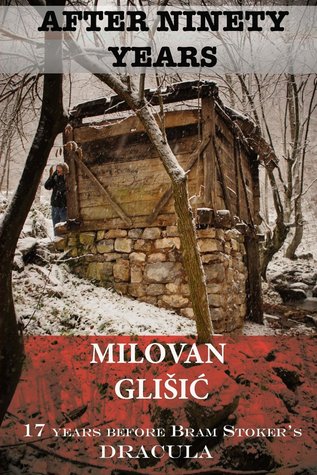
First Serbian horror movie Leptirica was inspired by this particular story. Many people still find this movie the scariest one we have. The movie is really creepy, set in the old mill so the whole atmosphere gives you chills.

Sava Savanovic strikes again
If you think that after so many years people don’t believe in these scary stories, you are wrong! The legend about Sava Savanovic is still alive!
In 2012 the roof of the old mill, a place where Sava lived, suddenly collapsed. You might think this is not important, but people were worried and they thought it was a definite sign that the vampire is among them again! The situation was extremely serious, even the local council in Zarozje gave a public health warning: The vampire might strike again!
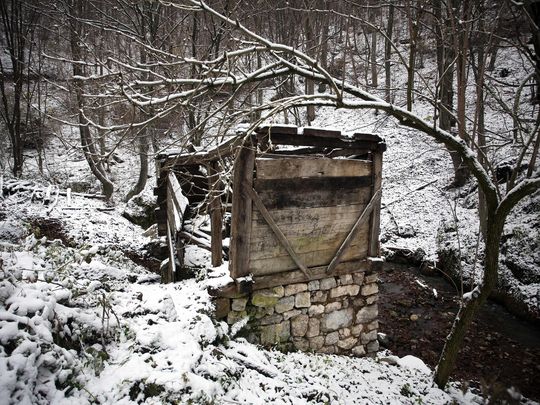
One local official even recommended putting garlic on the doors and arming with crosses, just in case the vampire attacks. Suddenly, every house had an onion in front of the door.

Today the village has an interesting tourist offer, which includes a tour under the witty name Anti-stress weekend with Sava Savanovic. Who guides this tour? Well, isn't it logical? Sava Savanovic! Okay, a man who looks like him. This wonderful tour includes visits to Zarozje and the old watermill.
What do you think? Will you be scared to go on this tour?Why did people begin believing in vampires?
The newspaper article about Blagojevic was widely translated and it woke vampire rumours all over the world. Between the 16th and 18th centuries, little was known about what happens to the body after death. During plagues and epidemics, graves were often reopened to bury new dead. Not all bodies rot in the same way, so if the body looked odd, people thought it was a vampire and burned it!
Today's vampires have style
Serbian vampires did not look like the sexy, lean, pale Hollywood vampires Not even near! They were in fact fat, ugly, even filled with a jelly-like substance. They sometimes also turned into wolves or dogs.
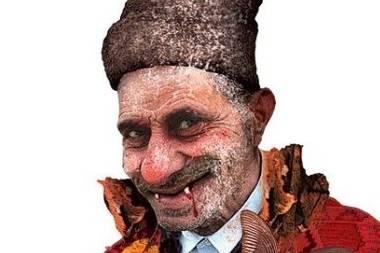

Vampires in popular culture
Literature
Count Dracula, the anti-hero of Bram Stoker’s celebrated 1897 novel is probably the most popular vampire. The novel was inspired by the legend of Vlad the Impaler. His name had its origin in the Romanian sobriquet of his father, Vlad Dracul, who received it after he became a member of the Order of the Dragon. Dracula means "the son of Dracul (or the Dragon)". In modern Romanian, dracul means the devil, which contributed to Vlad's bad reputation. (Wikipedia)
He was really dangerous and cruel, best known for his methods of killing – impaling. It is believed that he has killed from 40,000 to 100,000 people - political rivals, criminals, and anyone that he considered useless to humanity. (Wikipedia)
Many people believe that Drakula is only a name Stoker saw and used for his novel, but they think that he used many literature sources, not only a story about Vlad the Impaler.
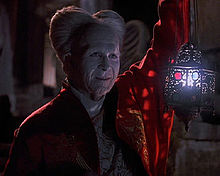
However, he made a huge contribution to the whole legend about Vlad and today you can go to many organized Dracula tours, or even spend a Halloween in Dracula’s castle.

Although it is the most popular novel, it wasn’t the first literary work about vampire.
In 1797 Johann Wolfgang von Goethe published a poem The Bride of Corinth.
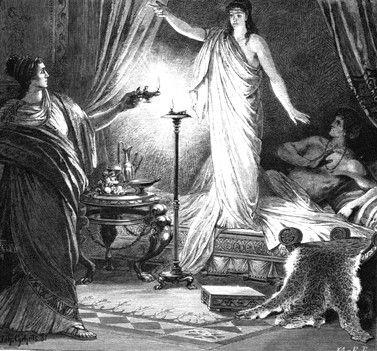
In 1871 Sheridan Le Fanu wrote Carmilla. It was first published as a serial in The Dark Blue . Who would’ve guessed, but there are many references to lesbian sexuality in this old novel too!

The Richard Matheson's novel I Am Legend (1954) influenced a lot of other works. The novel is set in a future Los Angeles filled with undead bloodsucking creatures. The main character is the only survivor of a pandemic that causes vampirism. He must fight to survive constant attacks.
The latter part of the 20th century was marked by the sudden rise of multi-volume epics about vampires. The first of these was Marilyn Ross's Barnabas Collins series (1966–71) based on the contemporary American TV series Dark Shadows.
Movies
In 1913 Robert G Vignola directed The Vampire but it is actually about vamps and not the creatures who drink blood. Bram Stoker’s Dracula was adapted many times, but maybe the most famous adaptation is: Dracula from 1931 - in which Béla Lugosi portrayed Count Dracula. Lugosi's performance was so popular that his Hungarian accent and gestures became characteristics now commonly associated with Dracula.
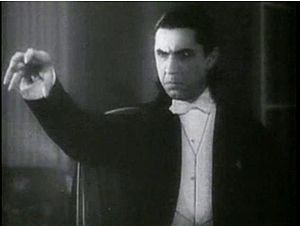
In 1994 Interview With the Vampire: The Vampire Chronicles was filmed. This film is based off an Anne Rice book.

In 2014 Gary Shore directed dark fantasy action horror movie Dracula Untold. He didn't use the storyline of Bram Stoker's 1897 novel Dracula, he created an origin story for its title character, Count Dracula; in this version, Luke Evans portrays the title character.
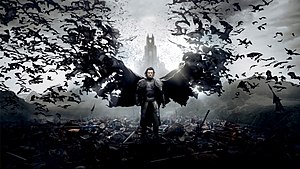
And, my personal favourite is Only Lovers Left Alive directed by Jim Jarmusch in 2013. Tilda Swinton and Tom Hiddleston in the main roles, wonderful music, amazing atmosphere and the cities. This movie has a strong message – Love is the only thing you can count on. Not a classic vampire story at all!

I hope you liked this insight about vampires. What about you? What are your favourite vampires? Who are you scared of the most?
Grate text dear @expolorer93!
I have to find a photo of brandy bottle that is from Sava Savanović's neighbourhood. You have to see it. It says: Sava's rakia. And it is sooo cool and funny. :)))
Vampires are very interesting mythological creatures, and I was always very fascinated with the link they have with night butterflies (leptirica). Seems, as I found, it is the methamorphosis of the night butterflie that is the inspiration for this. They did a very very good job in that movie. I know many people here, in Serbia who still! consider this movie for the scariest ever :)